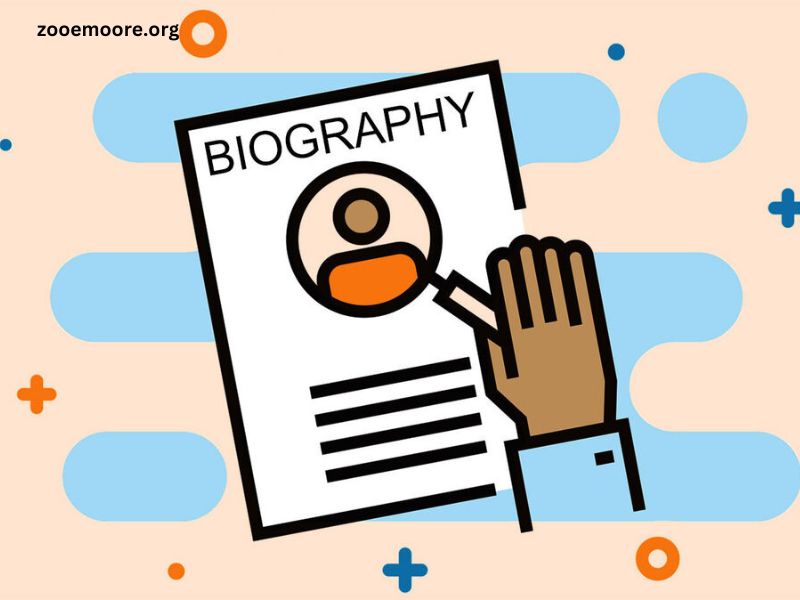Writing a biography involves crafting a detailed account of someone’s life, presenting their experiences, achievements, and impact in a compelling and accurate manner. Whether you are working on a biography for publication, a school project, or personal interest, following a structured approach will help you create a well-rounded and engaging narrative. This guide will walk you through the essential steps to writing an effective biography.
1. Understanding the Purpose of a Biography
Before you start writing, it’s crucial to understand the purpose of the biography. A biography provides readers with insight into a person’s life, highlighting significant events, achievements, and the individual’s impact on their field or society. Consider these questions:
- Who is the subject? Identify whether you are writing about a well-known historical figure, a contemporary individual, or a personal acquaintance.
- Why are you writing this biography? Determine if the biography aims to educate, entertain, or inspire.
- Who is the target audience? Knowing your audience will help tailor the content and writing style to their interests and comprehension level.
2. Research Thoroghly
A well-researched biography is both informative and credible. Begin by gathering comprehensive information about the subject. Here’s how to approach your research:
- Primary Sources: Collect first-hand accounts such as diaries, letters, autobiographies, and interviews with the subject or people who knew them. These sources provide direct insight into the subject’s thoughts, feelings, and experiences.
- Secondary Sources: Utilize books, articles, documentaries, and biographies written by others. These sources help place the subject in a broader historical and cultural context.
- Interviews: Conduct interviews with people who knew the subject personally or professionally. Prepare thoughtful questions to elicit detailed and meaningful responses.
3. Create an Outline
An outline helps organize your research and structure the biography logically. A typical biography outline includes:
- Introduction: Briefly introduce the subject, highlighting why their life is noteworthy.
- Early Life: Cover the subject’s background, including birth, family, education, and formative experiences.
- Career and Achievements: Detail the subject’s career path, accomplishments, and significant contributions.
- Personal Life: Explore aspects of their personal life, including relationships, hobbies, and challenges.
- Impact and Legacy: Analyze the subject’s influence on their field or society and how they are remembered.
- Conclusion: Summarize the key points of the biography and reflect on the subject’s overall significance.
4. Write the First Draft
With your research and outline in hand, begin drafting the biography. Focus on the following elements:
- Engaging Introduction: Start with a captivating opening that draws readers in. This could be an interesting anecdote, a striking quote, or a significant event in the subject’s life.
- Narrative Flow: Write in a chronological or thematic order, depending on what best serves the story. Ensure that each section transitions smoothly to the next.
- Detailed Descriptions: Provide vivid details to bring the subject’s experiences and personality to life. Use specific examples to illustrate key points.
- Voice and Tone: Adapt the voice and tone to suit the subject and the intended audience. A formal tone may be appropriate for academic biographies, while a more conversational style might work for a general readership.
5. Incorporate Quotes and Anecdotes
Quotes and anecdotes add authenticity and depth to a biography. Use quotes from the subject or those who knew them to provide direct insight into their thoughts and experiences. Anecdotes, or short stories about significant moments, can help illustrate key aspects of the subject’s life and make the narrative more engaging.
6. Focus on Accuracy and Objectivity
Accuracy is crucial in biography writing. Verify facts and ensure that the information presented is correct and reliable. Strive for objectivity, presenting a balanced view of the subject. While it’s natural to highlight achievements, it’s also important to address any controversies or flaws in the subject’s life, if relevant.
7. Revise and Edit
Once you have completed the first draft, take time to revise and refine your work. Editing involves:
- Checking for Consistency: Ensure that the narrative flows logically and that there are no discrepancies in the information provided.
- Improving Clarity: Clarify any confusing passages and ensure that your writing is clear and concise.
- Correcting Grammar and Style: Proofread for grammatical errors, punctuation, and stylistic issues. Consider using editing tools or seeking feedback from others.
8. Seek Feedback
Before finalizing your biography, seek feedback from others. This could include colleagues, friends, or experts in the subject’s field. Feedback can provide valuable insights into the clarity and effectiveness of your writing.
9. Final Touches
Incorporate any additional revisions based on feedback. Prepare a final draft that includes:
- Title Page: If the biography is for publication, design an attractive title page with the subject’s name and the title of the work.
- Acknowledgments: Include a section to acknowledge any individuals or institutions that contributed to the research or writing process.
- Bibliography: List all sources used in your research to provide readers with references and additional reading materials.
10. Publish or Present Your Biography
Depending on your goals, you may choose to publish your biography, present it as a project, or share it with a wider audience. Consider these options:
- Publishing: Explore traditional publishing or self-publishing options. Prepare a manuscript for submission or create a self-published book.
- Presentation: If presenting a biography as a project, create a clear and engaging presentation using visual aids and summary highlights.
Conclusion
Writing a biography is a rewarding endeavor that requires careful research, thoughtful organization, and clear writing. By understanding the purpose, conducting thorough research, and focusing on accuracy and engagement, you can create a biography that honors the subject’s life and captivates readers. Whether for educational purposes, personal interest, or publication, following these steps will help you craft a compelling and informative narrative.



